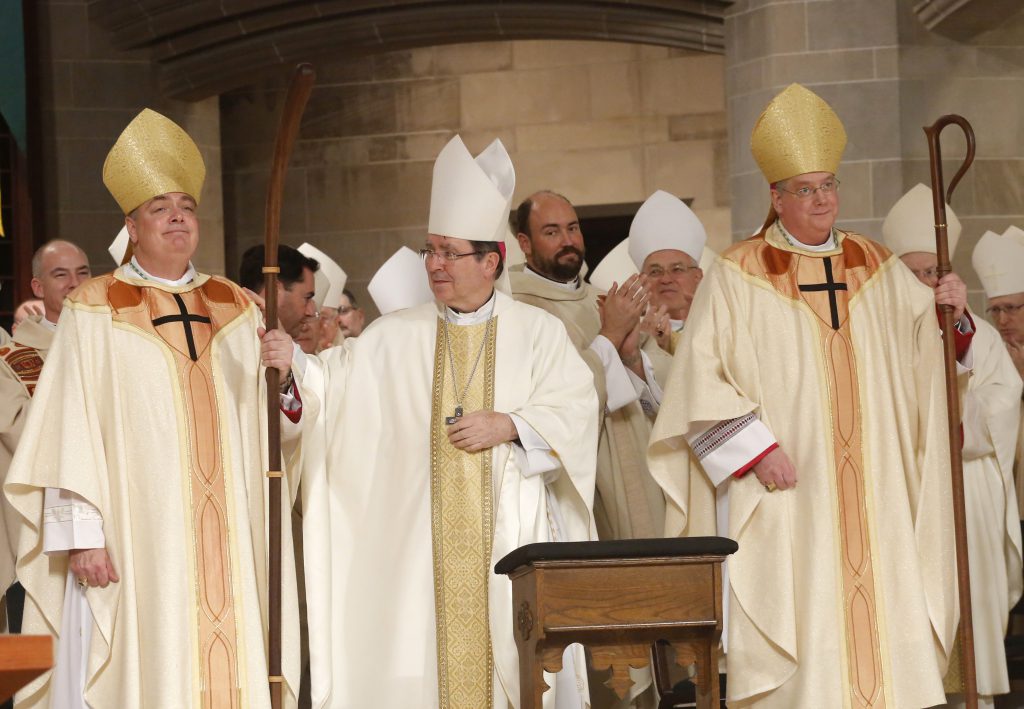None will deny the challenges faced by today’s diocesan bishops. These include the size of the dioceses they govern, the number of the faithful they must serve, the complex ethnic composition of many dioceses, etc. As a result, when a bishop feels he requires assistance in his duties, he may ask the Holy See to appoint an auxiliary to lend a hand in the administration of certain diocesan affairs. The auxiliary does not enjoy the right to succeed the bishop as ordinary in the diocese.
However, when a bishop must serve on national or international committees, tasks requiring significant time away from his diocese, or when advanced age or poor health interfere with his efficiently exercising his office, the Holy See may appoint an coadjutor bishop. The difference between a coadjutor and an auxiliary is the coadjutor enjoys the right to assume leadership of the diocese when the presiding bishop dies or resigns his office.
In the ranking of diocesan officials, the bishop enjoys the highest status, and a coadjutor the next, followed by any auxiliary bishops. The Church’s Code of Canon Law observes they “are to consult one another on matters of major importance” (Canon 407.3).

